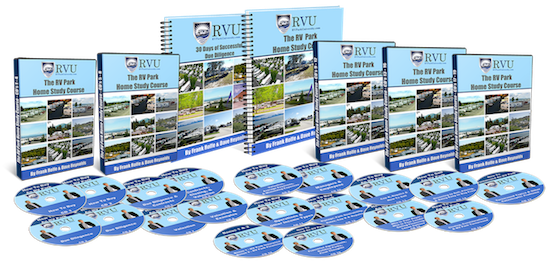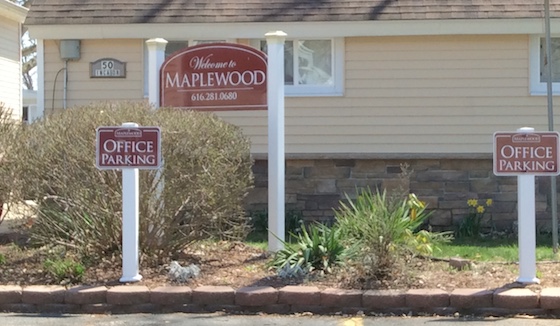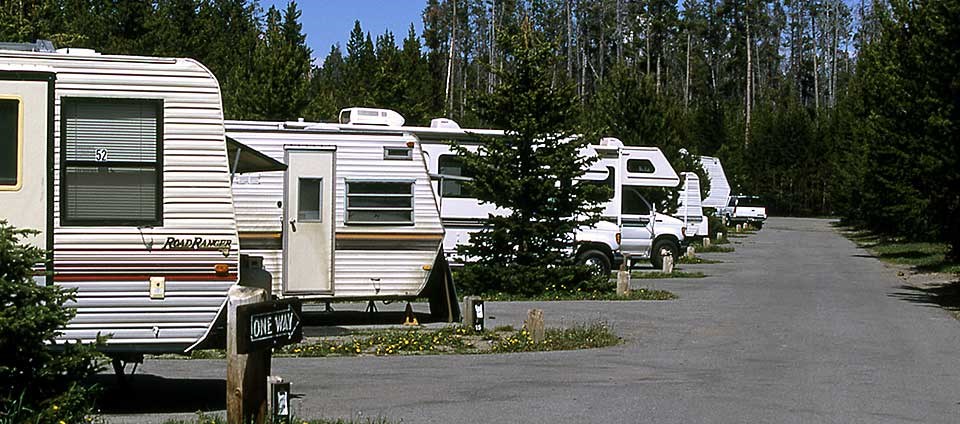Over the past thirty years of real estate investing, we have developed some
basic principals and sayings that we believe to illustrate the core values
necessary to successfully invest in RV parks. Here are out top five of
these mantras, and what they mean to us.
Acknowledging the relationship between risk and reward
Sam Zell is the top real estate investor in U.S. history, having been the
largest owner of RV parks, office buildings and apartments at various times
over the pasts half-century. And his biggest concern is the relationship
between risk and reward. If a deal has little risk and huge upside, you
should always buy it; if it has huge risk and low upside you should never
do it. Most deals fall somewhere between these two polar opposites but
should be evaluated based on this principle. There has to be a healthy
relationship between risk and reward, or you should not buy that RV park.
Time kills deals
This theory is that, if you find a good RV park deal to buy, you should get
it under contract immediately and not procrastinate. In that one day that
you failed to push the seller to sign up, someone else might call and steal
the deal from you. Or the seller might change their mind. There is a
constant sense of urgency when you are trying to buy RV parks and you
should never forget that.
Diligence is the mother of good luck
Benjamin Franklin said this and, although he was not an RV park owner, he
did have a knack for making great common-sense sayings. What he meant is
that if you perform great due diligence on a property, it is unlikely that
you will not succeed. You see this every day in the RV park business. Those
buyers who turn over every rock and gather every fact during due diligence
always make money and those who do not frequently lose their investment. If
you want to try your luck, go to Vegas. If you want to make your own luck,
then focus on great due diligence.
Before you can have return on principal, you have to have
return of principal
We think this should be a part of every investment - whether an RV park or
a stock or bond. Don't be lured into making risky investments that offer
ridiculously high returns, as that frequently leads to catastrophe and you
will not only not hit those returns but, more likely, lose everything. When
you evaluate any RV park investment, you should first look at the security
of your investment, and then the return level. Don't lose sight of the big
goal, which is capital preservation.
Think like a person of action and act like a person of thought
There's no point to taking action in buying an RV park if you don't know
what you're doing, and there's little purpose in learning how to buy an RV
park without putting that into action. To be a successful investor, you
have to have both education and action. This is true, of course, in all
aspects of life. There's nothing more troubling than talking to someone who
is buying an RV park without knowing how to perform due diligence or even
evaluate the proposed financial performance.
Conclusion
We think that these five maxims will give you a good base for RV park
investing. It's been a foundation for our success and applies to every
investor.





